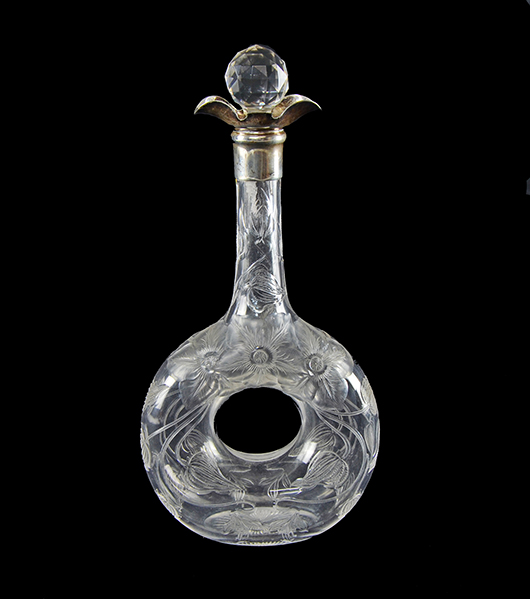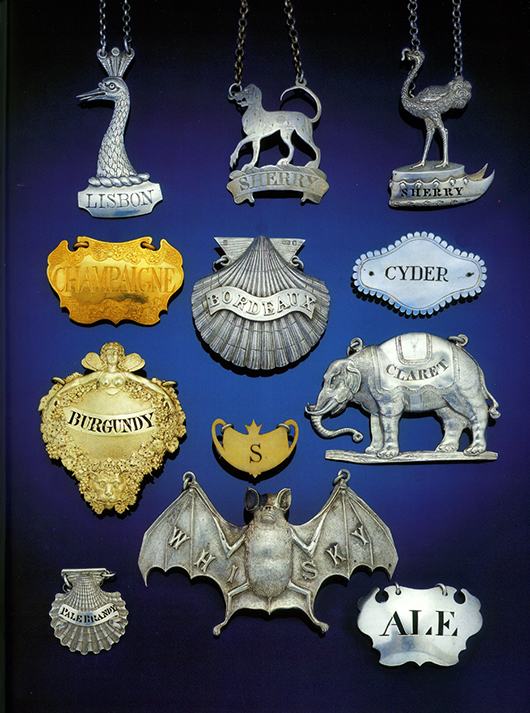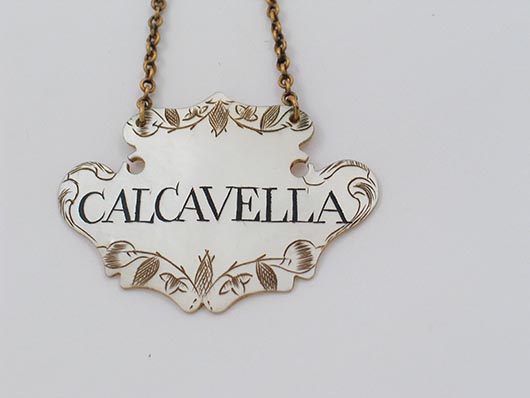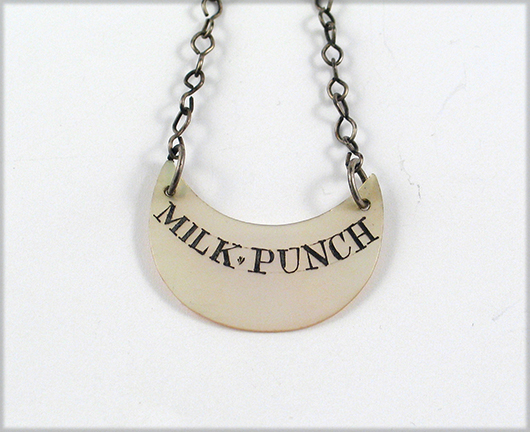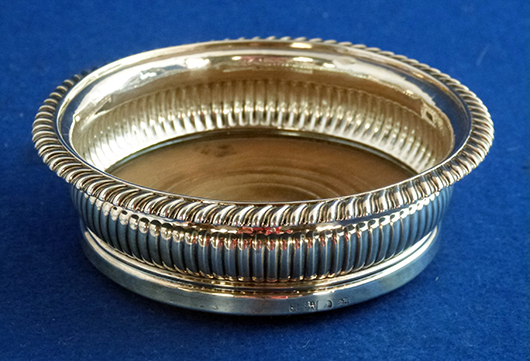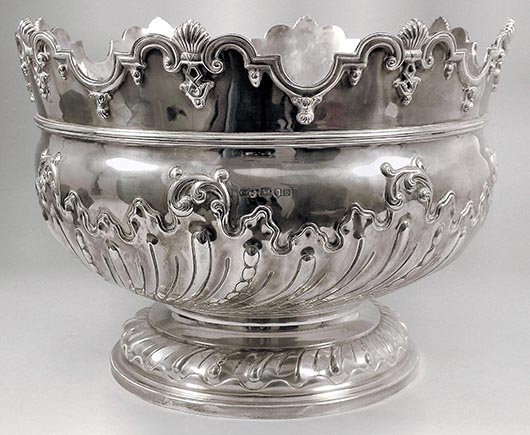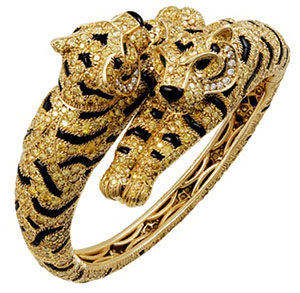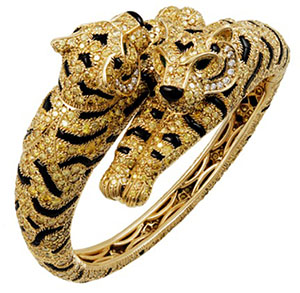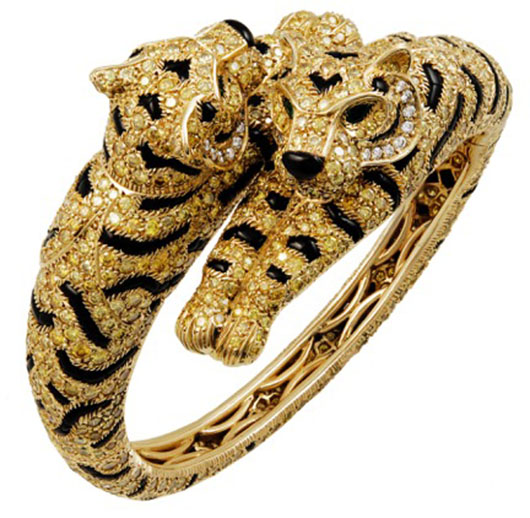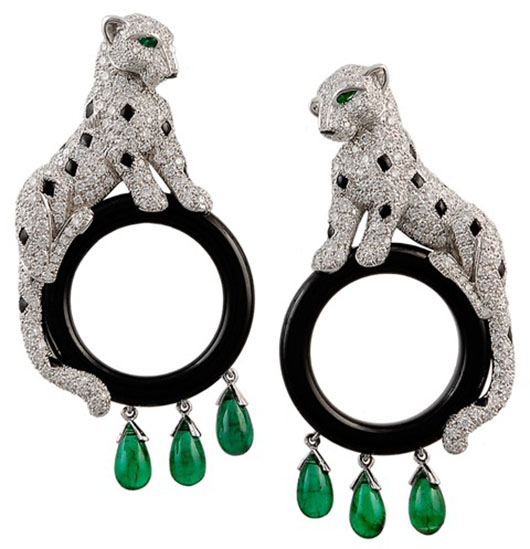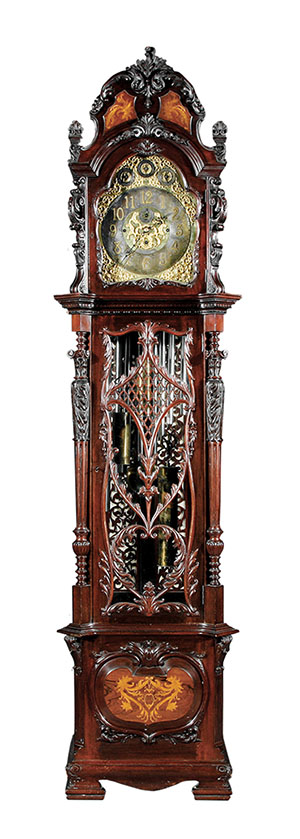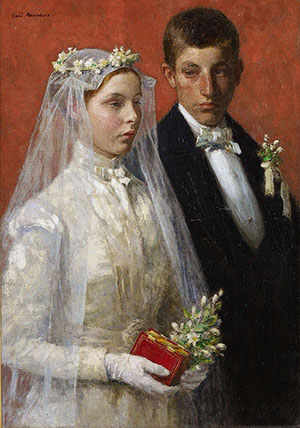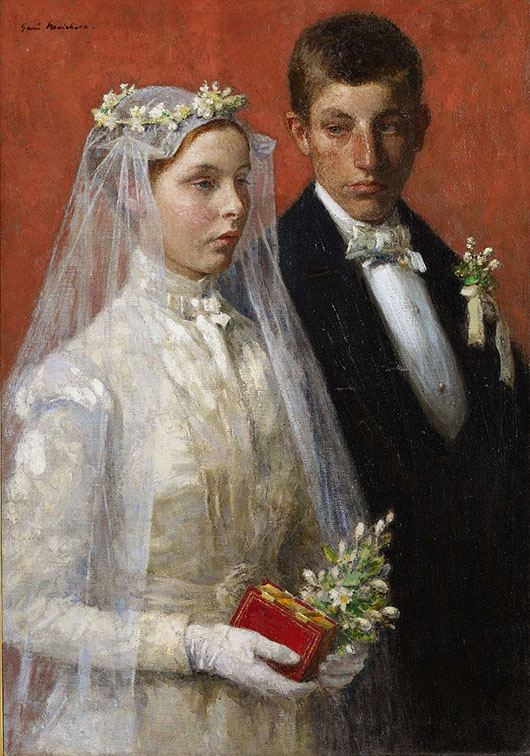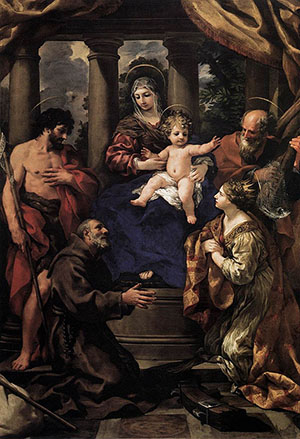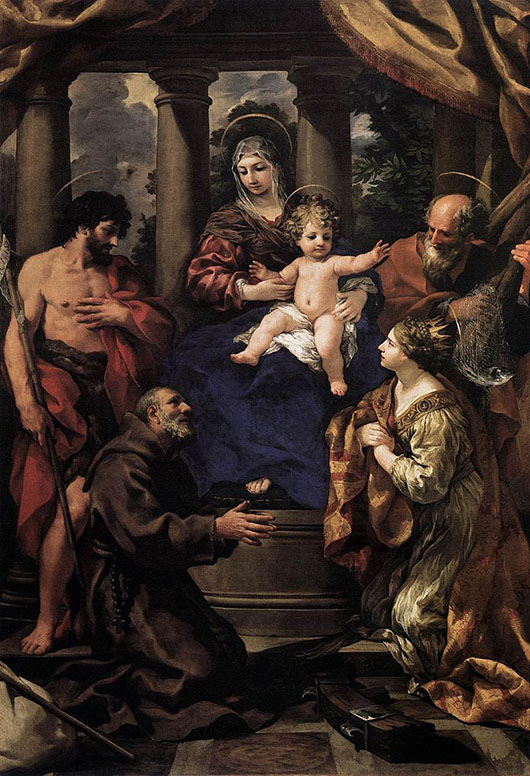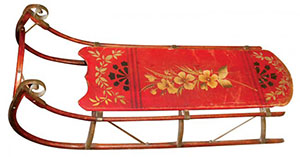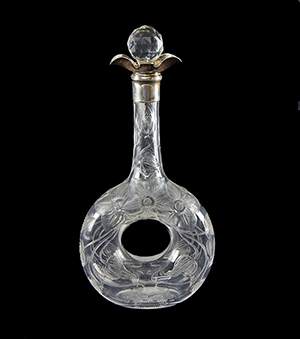
Nothing sets off a table better than a suite of fine drinking glasses, especially when accompanied by good decanters and here the choice is bewilderingly large. Surprisingly, decanters from about 1750 have survived in fairly large numbers. The earliest resemble wine bottles in shape and have tall pyramid-shaped, usually diamond cut, stoppers. Later ones became slightly dumpier with flat, plain stoppers. After about 1800, barrel shapes with “mushroom” stoppers and three rings around their necks for easy handling became popular.
The Irish were probably the finest decanter makers, these latter types often bearing heavy, ornate but nonetheless fine cutting. Rarities to look out for include the wide-bottomed ship’s decanter, so designed to keep an even keel in rough seas and claret jugs with graceful handles, often embellished with silver or plate.
And before you pass the port, another collectible you may care to add to the gift list is a wine coaster, which, when you do, will prevent the bottle or decanter from scratching the table. These small, highly decorative trays with their green baize covered bases, became popular in the late 18th century when it was fashionable to lay the table without a cloth.
Collecting antique drinking glasses is a good place to begin a collection of wine-related antiques, particularly since many good, useful examples can be found for less than £30. Most were free-blown and often retain a primitive quality that includes bubbles and other small imperfections that are appreciated as part of the experience of collecting early blown glass.
The earliest glasses have what is generally referred to as a folded-foot, meaning the base of the glass is turned under to a double thickness, providing both strength and lighter weight. The most common form has a cylindrical bowl with canted sides, often called a bucket shape.
Round and ovoid-shaped bowls have single or double knops on their stems, while the tulip-shaped glass, usually with a straight stem, was most popular from around 1790 to 1800. Glasses decorated with engraved designs are more desirable, while figural or dated designs tend to be scarcer and expensive.
The monteith is often mistaken for a punch bowl. The difference is the ornamental scalloped rim around the top of the vessel which permitted wine glasses to be held by their feet and suspended upside down in ice water to cool them before serving. Some had a detachable rim allowing the vessel to double as a punch bowl.
Back in the days of exotic tipples with such names as Calcavella, Rhenish, Malaga and Marsalah came in bottles mostly lacking paper labels to tell you which was which, households had their own sets of nametags for use every time new supplies arrived from the vinter.
Usually in silver and with delicate chains to hold them in place around the necks of bottles, the labels were fashioned in highly decorative styles. Surprisingly large numbers are still around today and would make a charming collection.
They first appeared in the 1720s, when they were known as bottle tickets. Made entirely by hand, rectangular and crescent shapes were popular in the 1730s, while those shaped like the escutcheons around key holes on furniture were favourites in the late 1740s.
Ornament such as feather edging (1740s); piecing and cresting (1770s) and embossing (1790s) were finishing touches to beautiful hand-crafted objects. By about 1790, however, die-stamping machines had been adopted, which meant production could be stepped up and costs kept down.
Although lighter than labels made by hand, die-stamped labels have more intricate and detailed decoration. Stylish cut-glass decanters also became popular at about the same time, which, by necessity, meant larger labels became fashionable.
Die-stamping was superseded by casting in the 1820s, these labels being heavier with extremely wide decorative borders, Sadly, they are not of the same quality of their predecessors.
Decoration on wine labels is as varied as the imaginations of the silversmiths who crafted them. Shield-shaped labels were plain in their earliest forms, but later examples were embellished with vine leaves, grapes and decorative edges.
Shell designs were common, while those shaped like vine or acanthus leaves with pierced lettering naming the spirits to which they relate date from about 1824.
However, putting precise dates on wine labels is a difficult task, even for the experts. Those dating from before 1790 often do not carry hallmarks and, to add to the confusion, designers who introduced a particular fashion in a particular period were often happy to carry it on for many years thereafter.
Part of the charm of a collection of labels is the insight they give to the scores of wines and intoxicating cordials that existed in the 18th and 19th centuries. Many are now long forgotten and lengthy detective work is often the only way of discovering their true nature.
Wine labels were also made in countless materials other than silver. Perhaps those most sought after are in Battersea enamels, while others can be found in porcelain, bone, silver plate, silver gilt, even silver mounted boar’s tusks and tiger claws.
The end of this most elegant way of identifying a bottle’s contents was the Licensing Act of 1860. Parliament decreed, among other things, that bottles of wine and spirits sold to the public should be identifiable by printed paper labels firmly attached around the outside. Trust HM Government to spoil things.

ADDITIONAL IMAGES OF NOTE
